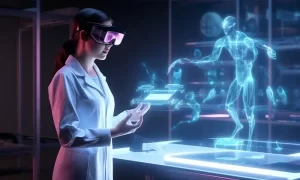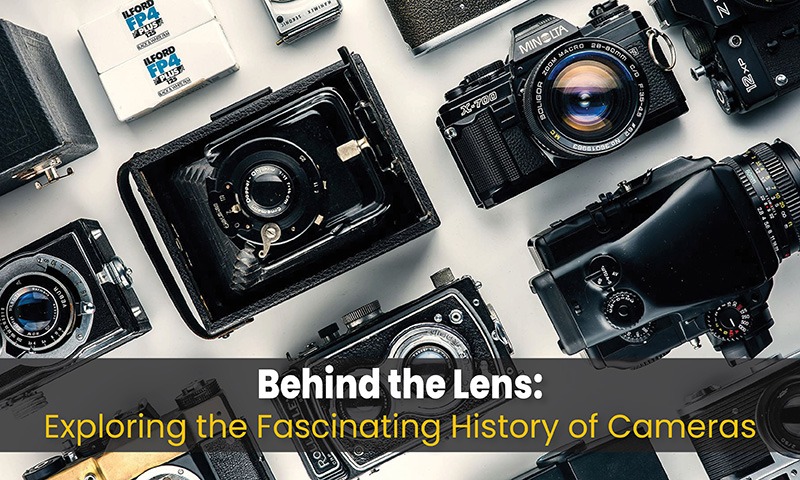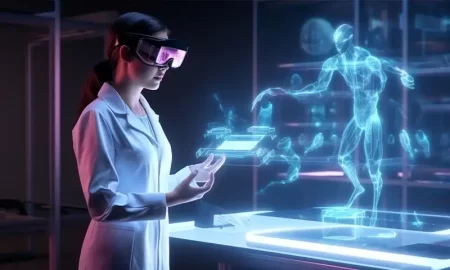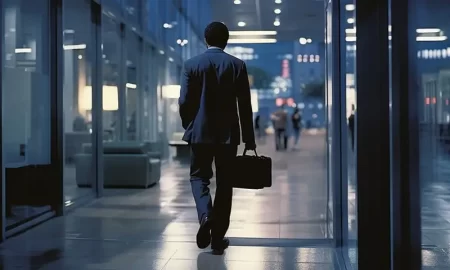In today’s world, cameras have become an integral part of our lives. We use them to capture precious moments, document events, and express our creativity. But have you ever wondered about the journey that cameras have taken to become the remarkable devices they are today? In this article, we will delve into the fascinating history of cameras, from their humble beginnings to the cutting-edge technology of the present day.
The Birth of Photography
The story of cameras begins with the invention of photography. In the early 19th century, a Frenchman named Joseph Nicéphore Niépce successfully captured the first permanent photograph using a camera obscura and a light-sensitive material. This breakthrough laid the foundation for further advancements in the field of photography.
The Daguerreotype Era
One of the most significant milestones in the history of cameras was the introduction of the daguerreotype. Invented by Louis-Jacques-Mandé Daguerre in 1839, the daguerreotype process allowed for the creation of detailed and realistic images. This marked a major shift from earlier photographic techniques and sparked a wave of interest in photography among the masses.
The Evolution of Film Cameras
As the 19th century progressed, cameras evolved from bulky and cumbersome devices to more portable and user-friendly models. The introduction of roll film by George Eastman in the late 1800s revolutionized the way photographs were taken. This breakthrough led to the birth of popular camera brands such as Kodak, making photography accessible to a wider audience.
The Rise of Digital Photography
The advent of digital technology in the late 20th century brought about a monumental shift in the world of photography. Digital cameras replaced film with image sensors, allowing for instant image capture and easy storage. This innovation eliminated the need for film processing and opened up new possibilities for photographers to experiment and express their creativity.
Smartphone Cameras and the Age of Connectivity
In recent years, smartphones have become ubiquitous, and their cameras have seen tremendous advancements. The integration of high-quality cameras into smartphones has made photography more accessible than ever before. With just a few taps, anyone can now capture, edit, and share professional-looking photos instantly, leading to a surge in visual content across social media platforms.
The Future of Cameras
As technology continues to advance at a rapid pace, the future of cameras holds exciting prospects. We can expect further improvements in image quality, low-light performance, and image stabilization. Additionally, innovations such as computational photography, augmented reality, and virtual reality are likely to reshape the way we capture and experience visuals.
Conclusion
From the humble beginnings of Joseph Nicéphore Niépce’s first photograph to the current era of smartphone cameras and beyond, the history of cameras is a testament to human ingenuity and our desire to capture and preserve moments in time. Cameras have come a long way, evolving from complex machines to compact devices that fit in the palm of our hands. As technology continues to push the boundaries of what is possible, we can only imagine the incredible advancements that lie ahead for the world of photography.
So, the next time you pick up your camera or smartphone to take a photo, take a moment to appreciate the rich history behind the lens and the remarkable journey that cameras have embarked upon to bring the world of photography to where it is today.












